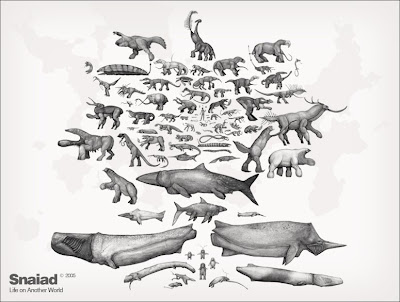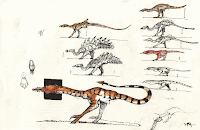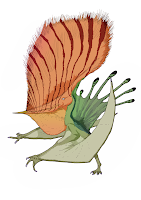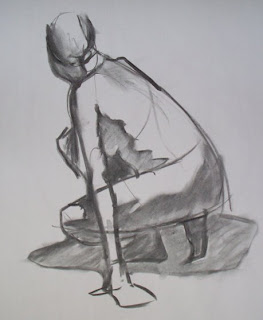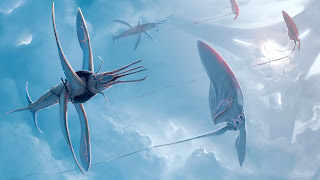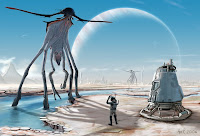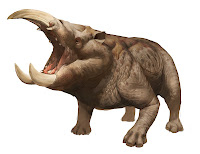
Recently I began thinking about what Skullface looked like without his skull headdress on. Once I had the basic idea, I sketched out several variations and modifications of it, just as I did for Hawk Girl. He's a very strong-featured Native American guy, deep eye sockets, heavy eyelids, long nose, etc. The ones with the stars next to them are the ones I like the best, while the one with two stars next to it is a combination of the other two.
Once I had a good idea in my mind of what this guy looked like, I went on a search for Indian men with facial features that I could twist for the purposes of evil. The following images proved especially useful.
Eddie Plenty Holes, a Lakota man with an awesome name, photographed around 1899. His features were very close to what I was looking for. I just had to make them more hostile and add a touch of dark amusement.

The strong features, heavy eyelids, and somewhat defiant expression of this young man, photographed by Edward S. Curtis, also proved useful.
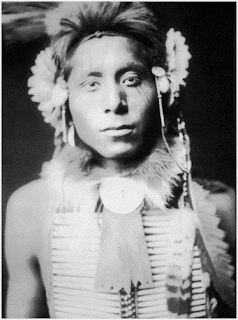
This Masai man also had elements of the facial features I was going for, as well as an amused (and even ambiguously malevolent) facial expression. Unfortunately, this image has been sitting in my reference folder since forever ago, so I don't know where it came from, or who to credit it to.

Lastly, unrelated to the rest of this blog post, there will be no Creature Feature this week. It's Saturday, the day when I usually do Creature Features, and this is my first post since the last Creature Feature. I was very unproductive as far as personal art goes this week. If I have a week where I produce little or no art to post here, I don't really see the point in logging on just to make a post about somebody else's art. This blog is about my own artistic progress, with the Creature Feature being just an occasional supplement to that. My own art first, Creature Feature second. No art, no Creature Feature.
